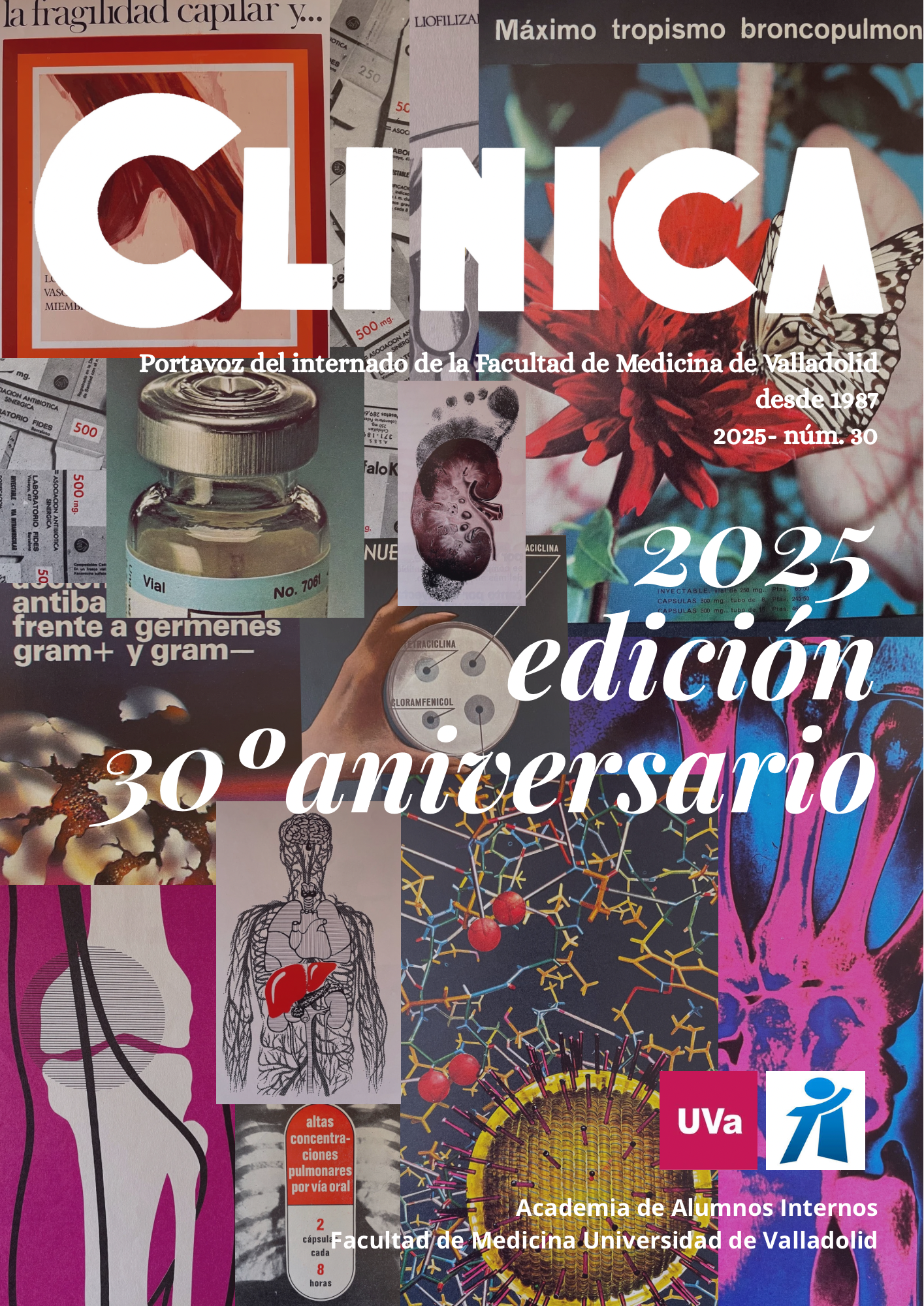Influenza virus: a look at cell culture
DOI:
https://doi.org/10.24197/tzvx5v66Keywords:
virus, flu, cultivation, immunofluorescenceAbstract
We know the flu for its annual seasonal epidemics and occasional pandemics. The highest morbidity from this infection is seen in children, but the highest mortality is reserved for patients over 65 years of age with associated comorbidities.
There are three known types of influenza viruses: Influenzavirus A, B, and C. All belong to the Orthomyxoviridae family and have a single-stranded, negative-polarity RNA genome. The lipid envelope contains two surface glycoproteins: hemagglutinin (HA) and neuraminidase (NA), which allow the influenza A virus to be subtyped. The last pandemic recorded in 2009 was caused by the AH1N1pdm (pdm: pandemic) variant.
Clinical symptoms begin abruptly with fever, general malaise, headache, and respiratory symptoms ranging from mild to pneumonia.
The diagnosis can be direct (detection of viral antigen, molecular diagnosis, or viral culture) or indirect (serology). In this review, we focus on viral culture. The influenza virus can be isolated in cell lines: MDCK (Madin-Darby Canine Kidney) or hCK (a cell line derived from the former, which are humanized MDCK cells). After infecting the cells, the cytopathic effect of the virus on them is observed by immunofluorescence. Viral culture demonstrates the presence of the virus, its viability, and infectivity, allowing for studies of sensitivity to antivirals. However, it has a limitation of approximately 50% sensitivity due to the meticulous nature of the cultivation procedure.
The entire population is susceptible to influenza, although immunity may exist due to previous contact with identical or antigenically similar viruses or through immunization (annual vaccination).
The World Health Organization (WHO) maintains a global influenza surveillance program, but the changing nature of the virus defies prediction and the onset of a pandemic is unpredictable.
Downloads
References
Artero A, Treviño A, Eiros J.M, de Mendoza C, Oteo J.A, Barreiro Pablo P, del Pozo J.L, Soriano V. Nocardiosis y Actinomicosis. En: Manual de Enfermedades Infecciosas y Terapia Antimicrobiana, Primera Edición. Unir Editorial, 2022, p. 302-09.
Ortiz De Lejarazu, Raúl. Los Virus de la Gripe. Pandemias, Epidemias y Vacunas. Amazing Books. 2019.
Eiros J.M, Casas I, Ortiz R, Pérez P, Pozo F, Ruiz G, Tenorio A. Diagnóstico microbiológico de las infecciones por virus respiratorios. Procedimientos en Microbiología Clínica. SEIMC. 2008. Citado 1/07/2025. https://seimc.org/wp/content/uploads/2025/06/seimcprocedimientomicrobiologia29.pdf
Downloads
Published
Issue
Section
License
Copyright (c) 2025 Laura Rita Iotti, Yully Martínez Oliveros, Marta Domínguez-Gil González

This work is licensed under a Creative Commons Attribution 4.0 International License.
The articles published at Clínica will have a Creative Commons Attribution 4.0 International License (CC BY 4.0).
The journal allows the authors to retain publishing rights. Authors may reprint their articles in other media without having to request authorization, provided they indicate that the article was originally published in Clínica.


